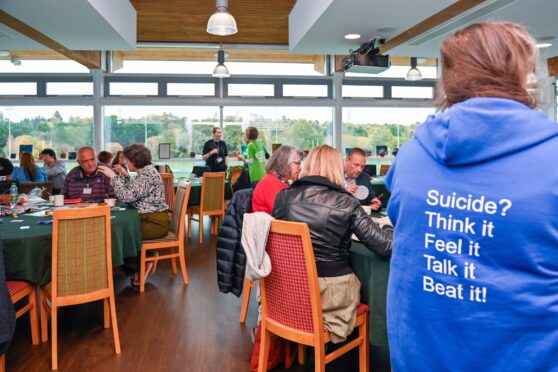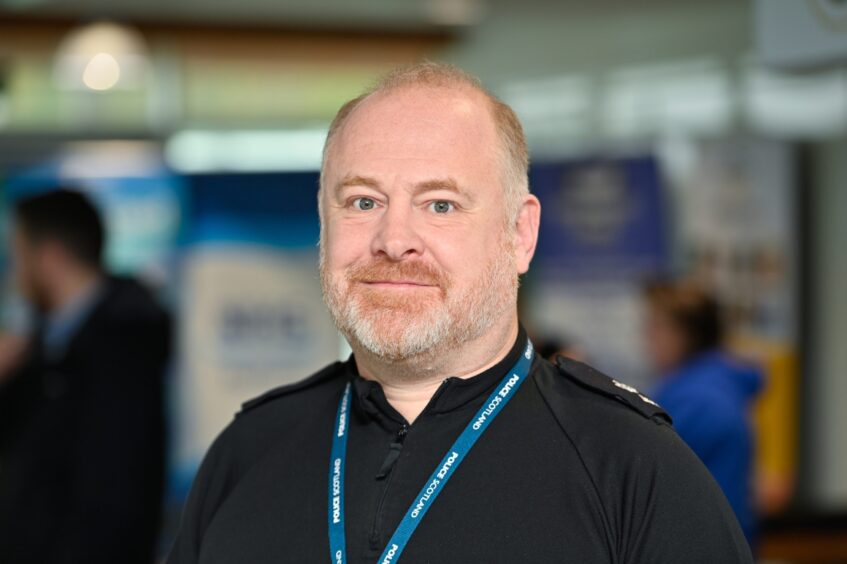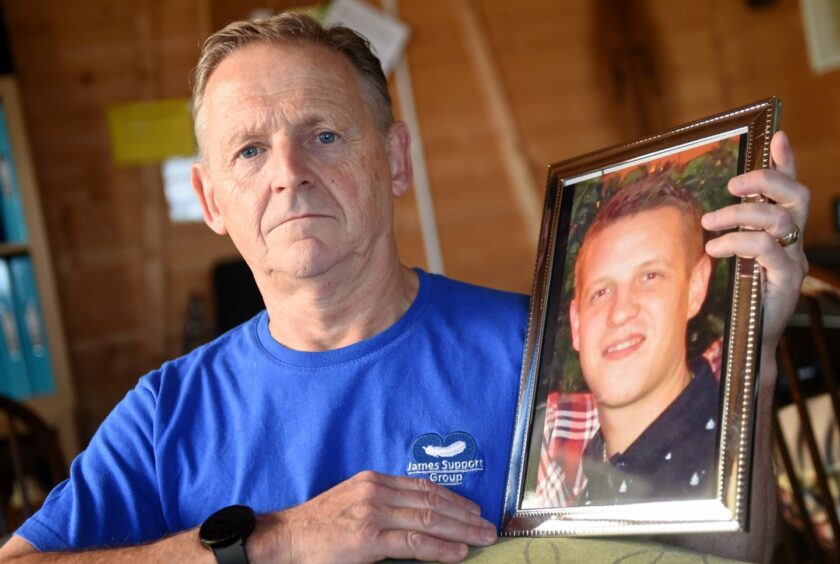A new eight-point strategy aimed at reducing the number of suicides in the Highlands has been launched in Inverness.
It centres on creating hope among those struggling and ensuring they get the help they need before it’s too late.
The action plan has been created on the back of eight months of work from organisations like NHS Highland, Police Scotland, Highland Council and a raft of charities and volunteer groups.
Dr Tim Allison, director of public health with NHS Highland, said there is no single solution to addressing the issue.
But he believes that things are moving in the right direction thanks to the groups behind creating the new plan.
Dr Allison said: “There are still significant issues around the number of suicides in the Highlands.
“But there has been a lot of working together on this.
“We want to help people recognise that there is hope. There is an opportunity to talk to others, there are lots of organisations people can contact.
“I do feel that we are moving in the right direction on this.”
‘Being able to de-escalate a situation is critical’
For a long time it’s been the case that many people feel far more comfortable talking about their physical health, rather than their mental health.
The dial has started to shift in recent years. But there is clearly still a long way to go.
The most recent figures from the National Records of Scotland showed that there were 52 probable suicides in the Highlands in 2022.
That figure is a slight increase on the 49 recorded in 2021.
Charities like Mikeysline, James Support Group and the Samaritans have been doing a power of work to help improve things.
But public sector bodies have a very important role to play.
Police Scotland has been a big part of developing the new suicide prevention strategy.
Chief Superintendent Rob Shepherd believes his police officers being adequately equipped to respond to someone in need could prove to be a vital difference.
He said: “When officers come into contact with someone who is looking to complete suicide, it’s important they understand the best way to communicate with them.
“We’re not talking about making every one of them an expert. But in a serious situation, knowing what to say and being able to de-escalate a situation is critical.
“I want the best possible training for my officers so they have the best chance of saving someone’s life.”
New suicide prevention strategy came after months of work
Suicide prevention became a hot topic last year in Inverness.
The pandemic being closely followed by a cost-of-living crisis created conditions that meant a new approach was needed.
Patrick Mullery, who founded the James Support Group after losing his son to suicide, was among those in attendance at the new strategy launch at Highland Rugby Club.
He said: “There is a lot more help out there now than when we lost James six years ago.
“But is it enough? No. We have a fantastic NHS but it’s fundamentally under-resourced and under-funded.
“Groups like ours are trying to plug the gaps. A lot more is needed, but we’re on the right lines.”
What is the eight-point plan?
The plan is titled Creating Hope in Highland.
The strategy’s eight points are:
- Identify groups most at risk of suicide and work to reduce the risk
- Ensure timely and effective support is available for people expressing suicidal thoughts
- Ensure that people in the Highlands have consistent access to crisis support
- Identify places of concern and develop actions to make them safer
- Ensure that people bereaved by suicide in the Highlands have opportunities to access timely support
- Ensure Highland workforces and communities are suicide aware and can respond appropriately
- Develop communications work to inform and to increase public knowledge on suicide and distress.
- Work collaboratively with media outlets to provide guidance




Conversation